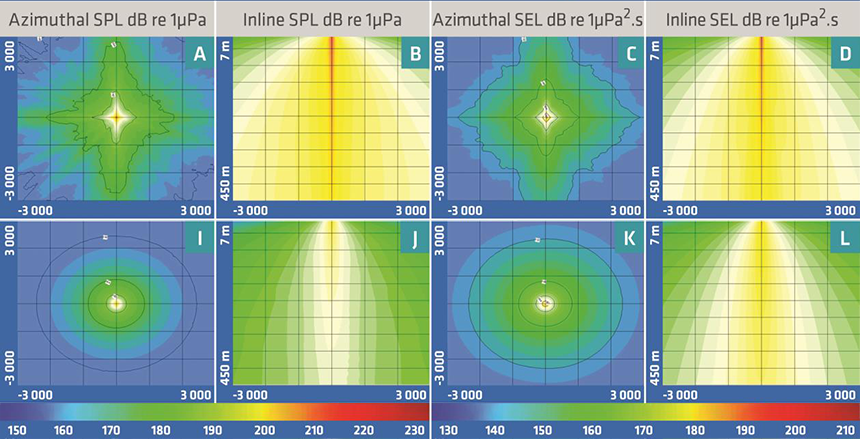Sources, sound levels and environmental aspects of marine seismic surveys are again on the agenda, as we follow last month's round-up of air gun concept with an examination of new source designs. First, we look at larger lateral source separation ‘dispersed sources’ that require the development of cost-effective and operationally-robust source vessel concepts. Various compact source concepts are then compared, leading to some surprising results. Autonomous source concepts, physically decoupled from the streamer vessel, are also considered in the pursuit of ultra-low frequencies, and Andrew presents us with another surprising result and several intriguing opportunities.
The use of spatially more compact marine source arrays may enable denser spatial sampling of the source wavefield and/or the receiver wavefield, may enable higher survey efficiency for appropriate survey design strategies, and may have a lower environmental impact in terms of both received pSPL and SEL—with appropriate source and survey design. The strategy with the least environmental impact uses individual air guns activated in rapid succession.
Read the full article in our technical publications library:

Contact a PGS expert
If you have questions related to our business please send us an email.